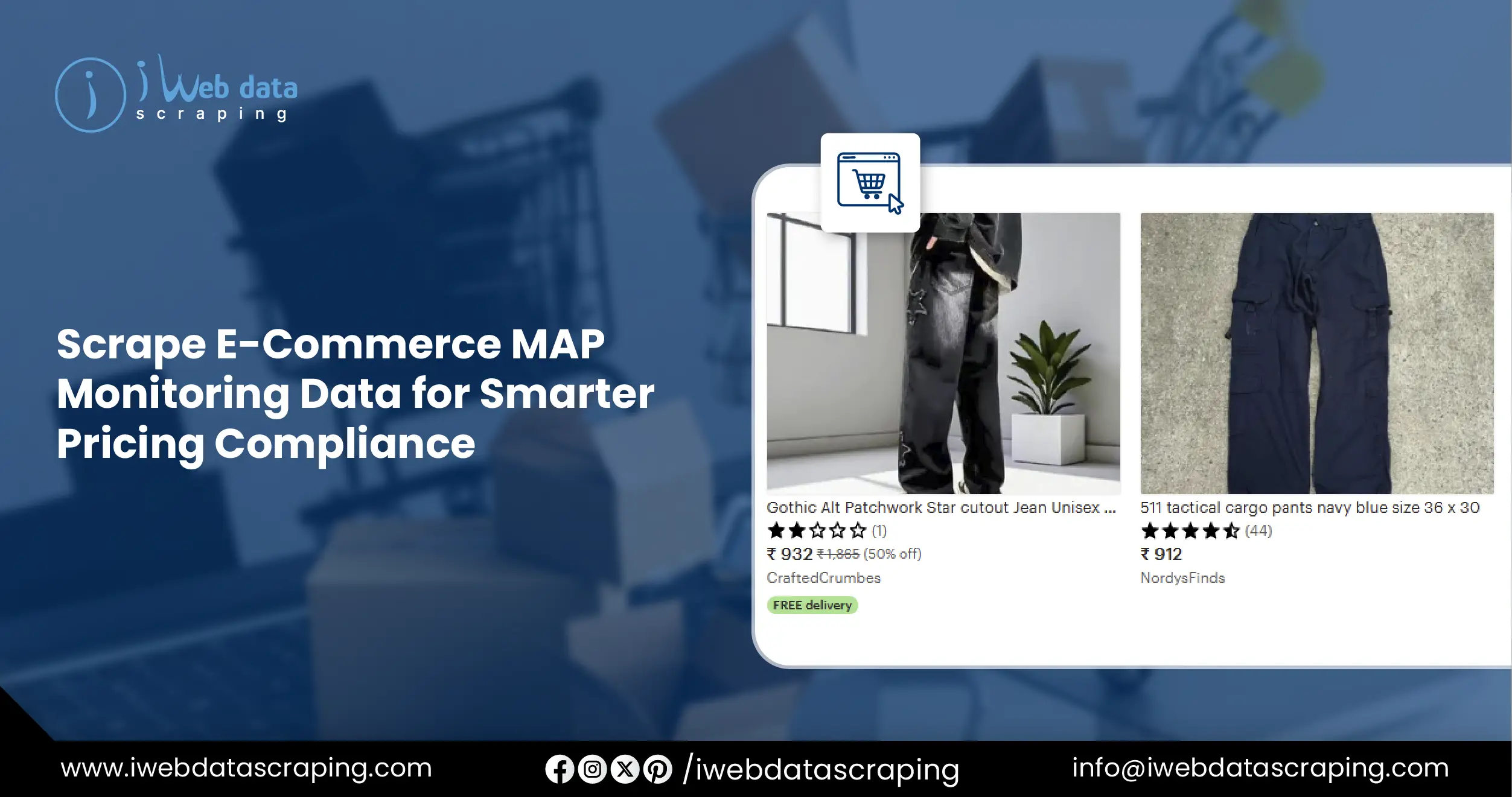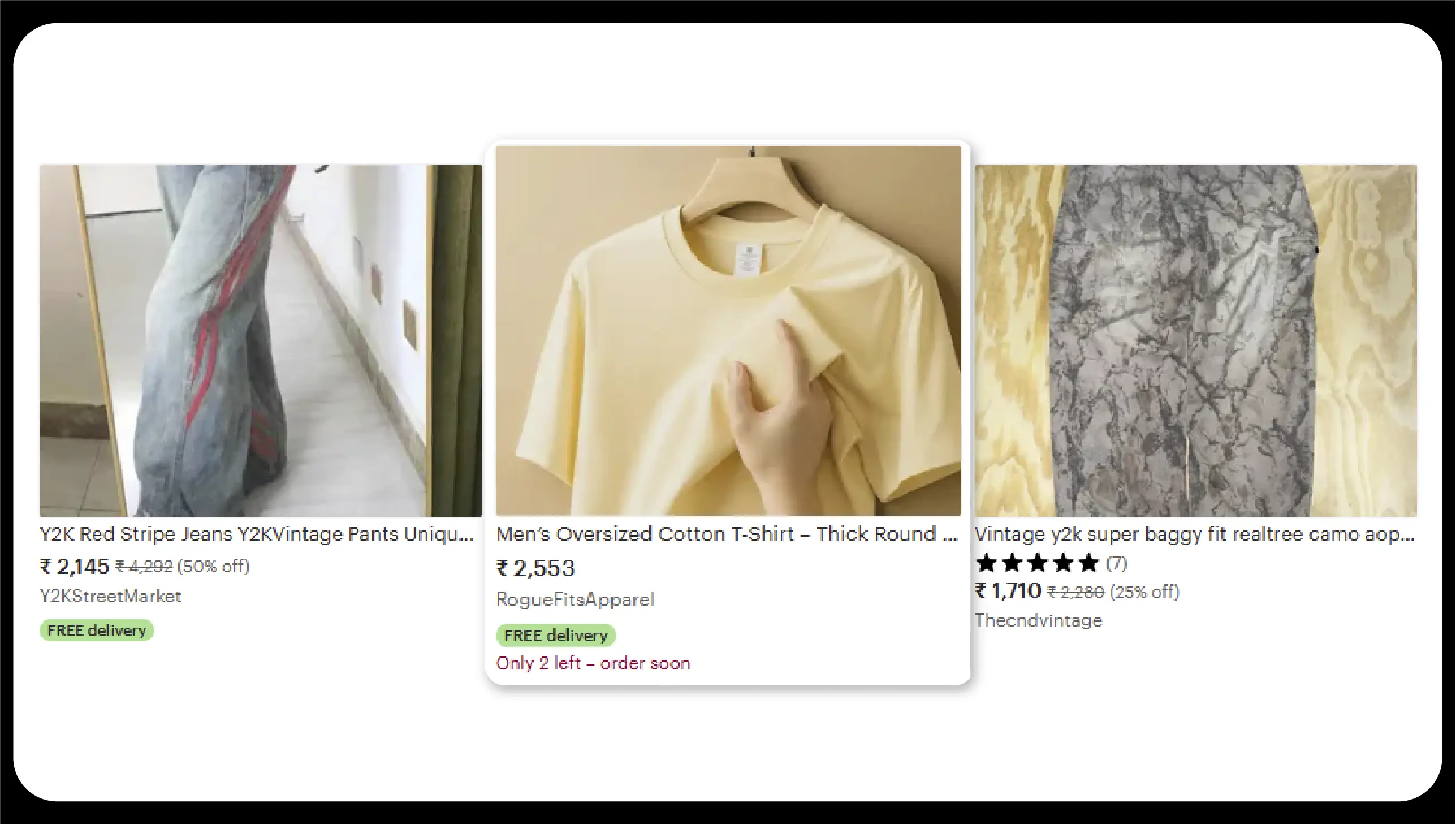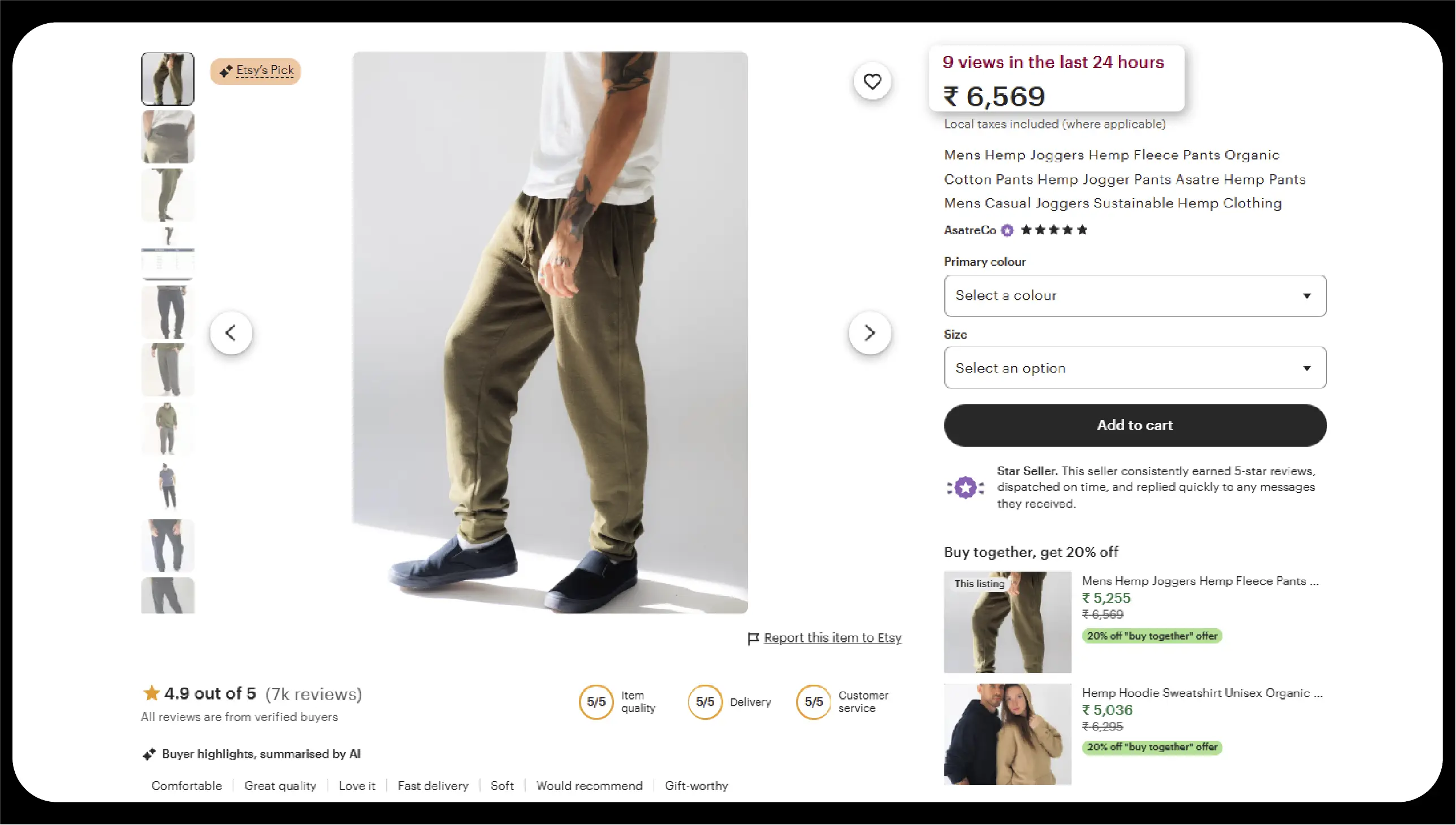

In today’s digital-first retail landscape, monitoring online pricing is more than a compliance requirement — it is a strategic necessity. Manufacturers, distributors, and retailers rely on a process to Scrape E-Commerce MAP Monitoring data to ensure their products are listed according to Minimum Advertised Price (MAP) policies, protect brand value, and maintain fair market competition.
With increasing competition, MAP price scraping for electronics products has emerged as a vital tool for businesses aiming to detect unauthorized discounting, prevent price erosion, and maintain reseller relationships. Similarly, fashion and consumer goods brands are adopting structured methods to track MAP violations across e-commerce platforms.
The rapid growth of omnichannel retail also calls for consumer goods MAP data extraction to monitor multi-regional sellers, marketplaces, and direct-to-consumer platforms. This report examines how data scraping facilitates actionable MAP monitoring across the electronics, fashion, and consumer goods sectors, providing insights into sector-specific practices, challenges, and future developments.

MAP monitoring ensures that sellers do not advertise products at prices below the manufacturer’s designated minimum. While traditional methods involved manual checks, the complexity of today’s e-commerce ecosystem necessitates automation.
Techniques like e-commerce MAP data scraping enable businesses to track thousands of product listings across global marketplaces in real-time. This automation enables instant detection of MAP violations, reporting, and even predictive insights on pricing patterns.
The role of MAP monitoring e-commerce dataset collection has become integral to pricing intelligence. By structuring scraped data into analytical datasets, companies can compare sector-level pricing, identify violators, and enforce compliance at scale.
Electronics
Electronics is one of the most competitive retail categories. From smartphones and laptops to audio equipment, consumers often compare multiple platforms to find the best deal. This makes MAP price tracking by sector essential to protect margins.
Unauthorized sellers often undercut MAP policies in categories like gaming consoles or wearables. Businesses rely on MAP price scraping electronics to detect these instances quickly and initiate corrective measures. Electronics brands also face challenges with counterfeit products, where scraping becomes critical to identify suspicious listings.
Fashion
Fashion brands are particularly vulnerable to price erosion due to the heavy discounting strategies employed by online resellers. MAP Monitoring for Fashion and Consumer Goods ensures that luxury and mid-tier apparel maintain their brand positioning and integrity. By applying Fashion MAP data Scraping Techniques, companies track product prices across multiple retailers and identify deviations.
Seasonality and fast-changing demand make pricing in fashion more dynamic compared to electronics. Scraping enables brands to understand when resellers are prematurely discounting seasonal items, which can devalue a collection’s perceived worth.
Consumer Goods
The consumer goods sector involves everyday products with high sales volumes and thin margins. Here, businesses can scrape MAP price data for electronics categories, which can differ significantly from the data collected for monitoring consumer goods. For consumer goods, bulk violations at scale can drastically impact profitability.
Retailers use scraping solutions to track not just pricing but also bundles, promotions, and multi-pack offers. By combining MAP monitoring with market intelligence, businesses identify both short-term violations and long-term pricing trends.
Scraping MAP data requires structured techniques, compliance considerations, and advanced tooling. Businesses leverage MAP Monitoring Services to automate data collection, integrate APIs, and build real-time monitoring dashboards.
Some standard methods include:
The integration of AI into scraping practices has led to significant advancements. Modern solutions use AI Data Scraping Service models to not only collect but also interpret patterns in violations, predict discounting behavior, and provide insights into reseller compliance strategies.
Table 1: Example MAP Monitoring Data Across Sectors
| Sector | Avg. MAP Violation (%) | Top Categories Monitored | Common Violation Trigger |
|---|---|---|---|
| Electronics | 18% | Smartphones, Laptops, Gaming | Flash Sales / Unauthorized Sellers |
| Fashion | 22% | Luxury Apparel, Footwear, Bags | Seasonal Discounts, Marketplace Promotions |
| Consumer Goods | 15% | Household Items, Personal Care | Bulk Discounting, Subscription Pricing |
This data illustrates how violations vary by sector, with fashion leading due to seasonal promotions and resellers, while consumer goods see frequent issues tied to volume-based sales.

Scraping offers businesses a holistic approach to pricing control, ensuring that MAP monitoring contributes not only to compliance but also to competitive strategy.
Case 1: Electronics Brand
A global electronics brand implemented large-scale scraping across marketplaces in North America and Europe. By using automated crawlers, they identified 2,300 MAP violations in the first quarter. After implementing enforcement actions, they recorded a 12% increase in average selling prices.
Case 2: Fashion Retailer
A premium fashion brand used scraping to monitor seasonal sales on third-party marketplaces. By applying targeted Fashion MAP data Scraping Techniques, they detected early markdowns during the holiday season. Their enforcement program maintained brand exclusivity and prevented further discounting during peak demand.
Case 3: Consumer Goods Manufacturer
A consumer goods company integrated scraping with a compliance dashboard to track violations in household essentials. They combined this with inventory data to predict where bulk violations were most likely, reducing MAP violations by 30% over six months.
Table 2: Technology Adoption in MAP Monitoring
| Technology Used | Adoption Rate (%) | Key Benefits |
|---|---|---|
| Automated Crawlers | 68% | Real-time scraping at scale |
| AI-Powered Analysis | 55% | Predictive insights, anomaly detection |
| API-Based Data Integration | 47% | Clean, structured datasets |
| Proxy & Geo-Rotation Tools | 41% | Global monitoring without restrictions |
| Sentiment & Trend Analysis | 34% | Combine pricing with customer reviews |
This table highlights the growing adoption of AI-powered scraping tools that enhance monitoring capabilities and integrate with broader business intelligence functions.

As businesses adopt AI-driven tools, MAP monitoring will evolve from compliance enforcement to a strategic pillar of pricing intelligence.
MAP monitoring has shifted from a compliance requirement to a core pricing intelligence function. By leveraging scraping solutions, businesses can protect brand value, enforce fair pricing, and gain deeper insights into competitive dynamics. The ability to Scrape E-Commerce MAP Monitoring data provides a foundation for advanced analytics that extend beyond compliance into strategy.
The application of automation, AI, and advanced monitoring systems is reshaping e-commerce oversight.
As industries evolve, integrating datasets into broader business intelligence platforms becomes critical. Companies adopting Ecommerce Product Dataset strategies can align MAP monitoring with wider analytics. Moreover, investments in eCommerce Data Intelligence Services ensure that MAP monitoring contributes to profitability, compliance, and market growth.
By combining technology with E-commerce Data Extraction Services, brands across electronics, fashion, and consumer goods can future-proof their pricing intelligence capabilities and safeguard their competitive edge.
Experience top-notch web scraping service and mobile app scraping solutions with iWeb Data Scraping. Our skilled team excels in extracting various data sets, including retail store locations and beyond. Connect with us today to learn how our customized services can address your unique project needs, delivering the highest efficiency and dependability for all your data requirements.
We start by signing a Non-Disclosure Agreement (NDA) to protect your ideas.
Our team will analyze your needs to understand what you want.
You'll get a clear and detailed project outline showing how we'll work together.
We'll take care of the project, allowing you to focus on growing your business.